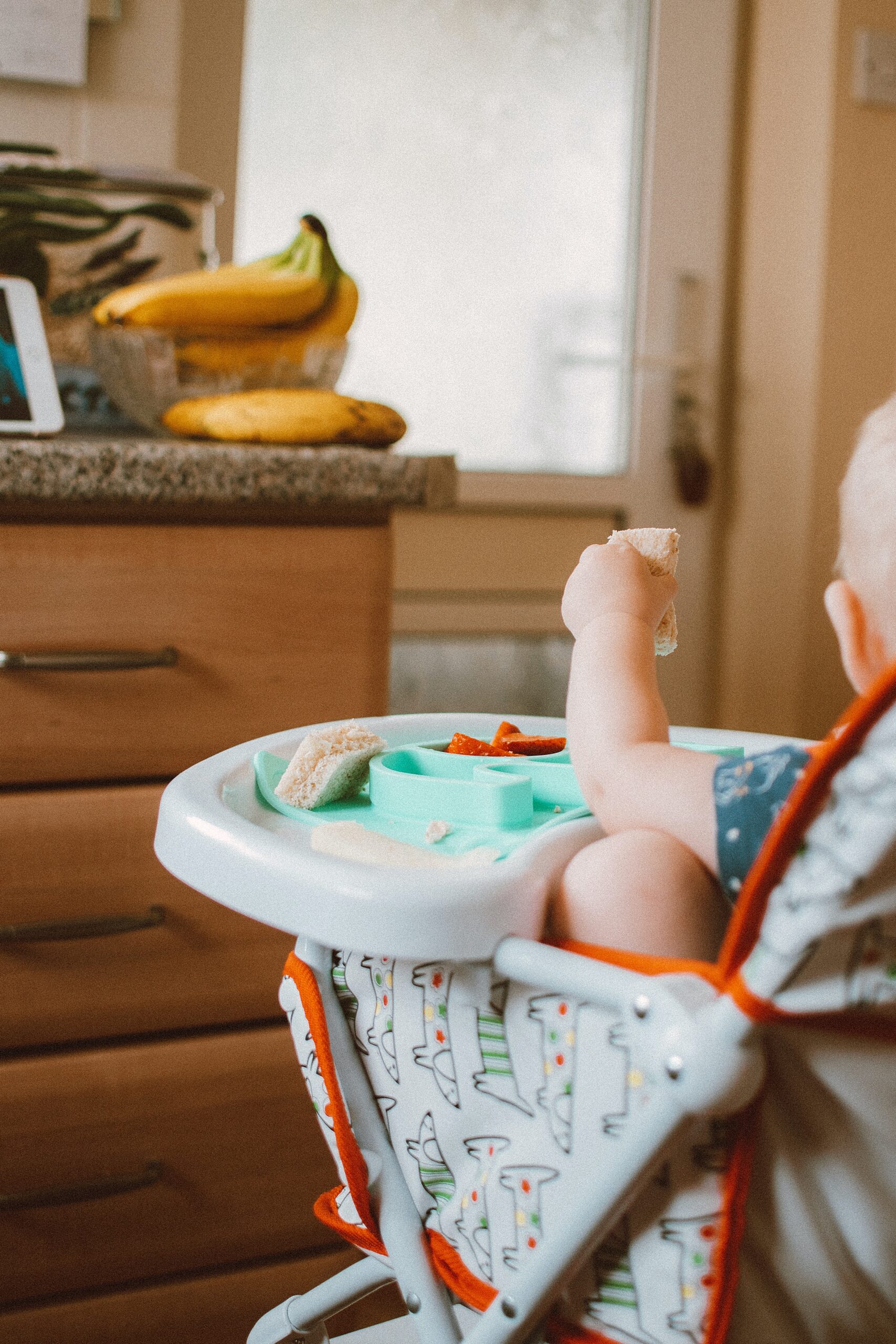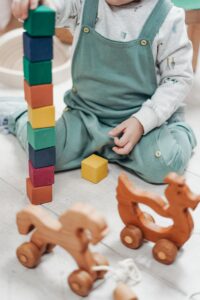
Starting preschool means that the toddler has to adjust to work and play in a space with new toddlers.
The Little ones also have to learn how to take directions from a different adult who is not their parents. This can be quite overwhelming and scary. They will have to figure out where to fit in with an entirely new group of people in a new setting.
There is therefore a lot to learn before they can learn shapes, Patterns, alphabets, etc. They will need to feel welcomed in the new space and with the teacher.
Let us look at some things you can do at home to make your little tot adjust easier at school:
Let them explore safely at home :
Before a child can learn, he must feel confident enough to discover and explore his environment. This is an innate skill that we are born with, and these moments are vital. Children learn best through play and need opportunities to explore, create, build, and figure out how things work.
They thrive with windows of time to pretend at the dollhouse, to build with legos, to play outside with sticks and rocks, and to take things apart, again and again. The more children play, the more creativity they develop, and the more they understand how the world works around them.
Children who have lots of experience playing before preschool easily adapt to the environment and become absorbent learners quickly.

The ability to follow one and two-step directions:
A big part of the preschool day involves listening to the teacher. Teachers often give directions such as, “throw your tissue away,” “put the truck back on the shelf,” or “get your coat and go to the door.”
Children need to be able to listen to these instructions and to be able to carry them out. While it might be tempting to do some of these activities for children, they are better off if we use them as learning opportunities.
It is a huge skill for children to follow directions, and sometimes it takes weeks for children to get the hang of it in the classroom setting. Children who are successful at following directions when they enter preschool have a huge advantage over those who do not as they can dive into learning activities instead of spending so much time practicing their listening skills.
Practice at completing tasks:
As a child is playing, he needs to develop the skills to complete a project — or at least the opportunity to.
In our busy world, we are running around doing errands, jumping in the car constantly, and rushing to the next activity. I wish we could put these on hold because children need to be given time to just build a castle out of blocks, to paint a picture at the easel, or to splash in the water table until they have said they are finished.
Take time in the day to put away busyness and allow children the chance to explore and learn at their pace.
Children who have practice completing tasks also have much longer attention spans and have greater abilities to stay focused amidst all the distractions that a group setting brings.
The confidence to speak up:
There are many times in a preschooler’s day that a child needs to feel confident and secure enough to tell the teacher something.
We want them to come to us and tell us when they need to use the bathroom, when they need help, when they are finished with an activity, or when they accidentally make a spill. Some of us are great at spotting the “potty dance” or sense that a child needs assistance, but when there are lots of little bodies around, we won’t see everything.
Even a quiet and shy child can quickly build trust with the teacher and become an excellent communicator.
And if this is a struggle for your child, just let us know so we can help create more moments for them to feel comfortable with this.
A beginning understanding of empathy:
While this is listed last, it is one of the most important traits that all children (and adults) should have.
Empathy is a huge factor in how children build relationships. Empathetic children can get along better with their peers and treat the children and adults in their environment with respect.
One of my favorite aspects of empathy is that it breeds strong leaders in the preschool classroom. The best way to teach empathy to a child is to role model it for them, to read about it, and to talk about and accept emotions as they come up.
The next time your child cries, let her know that you see that she is very sad. Sometimes it’s scary when she falls, or it is hard when mommy says “not now.”
Children who have had their feelings validated throughout their lives always stand out as they continually form positive and healthy friendships.



